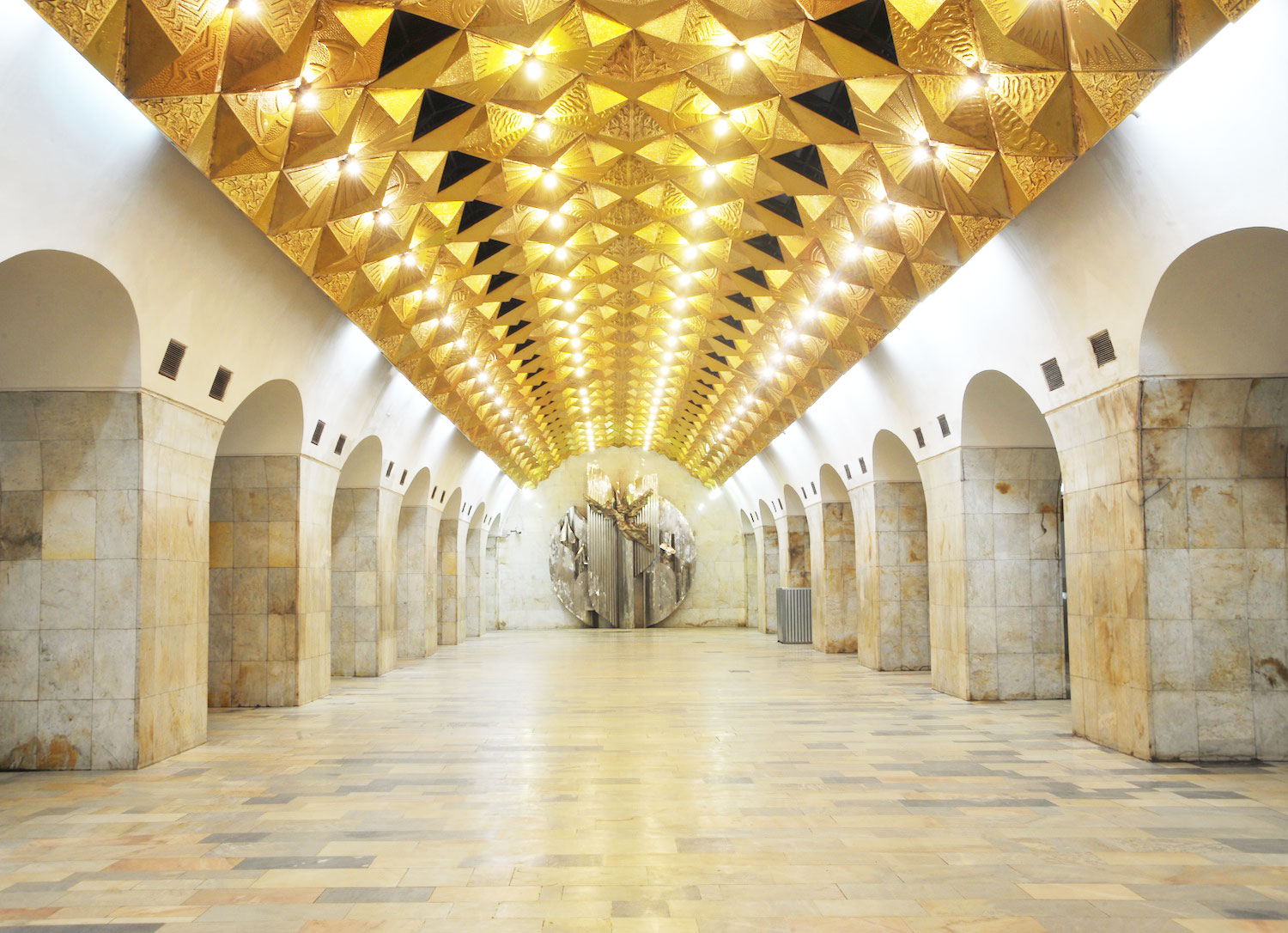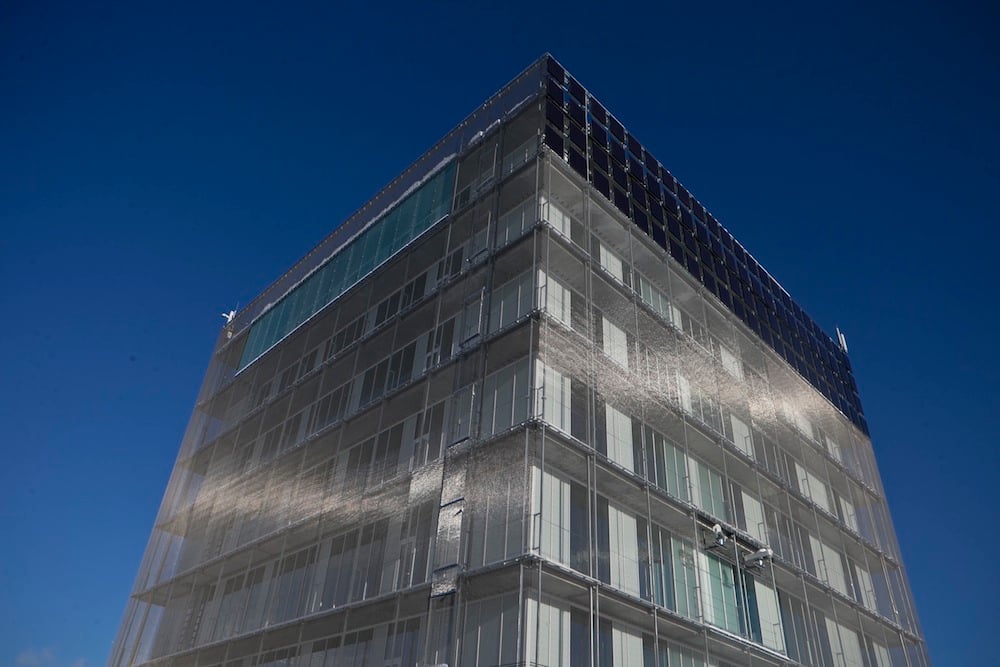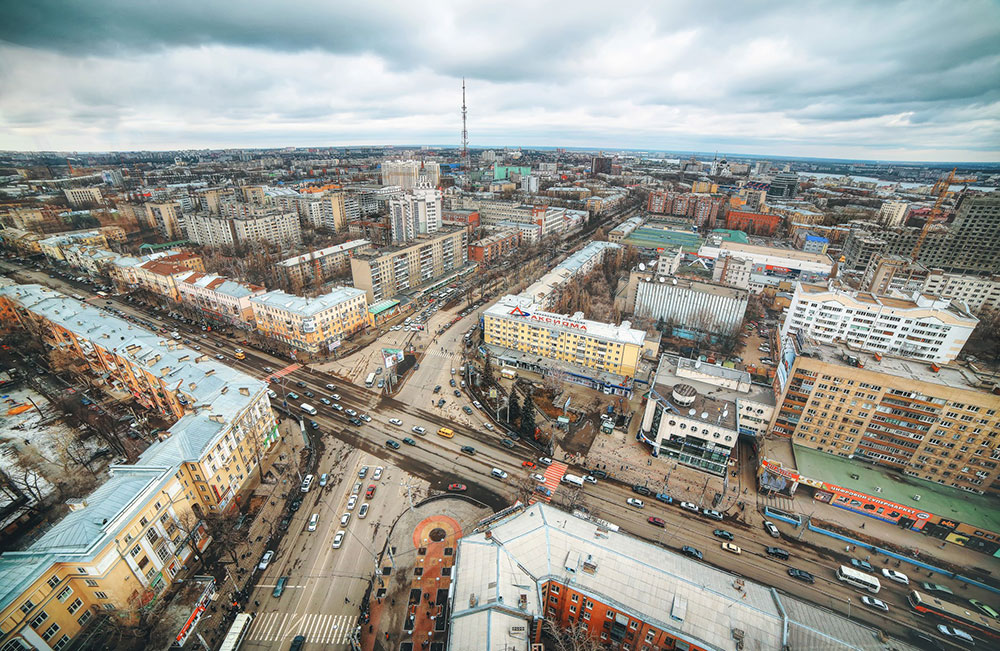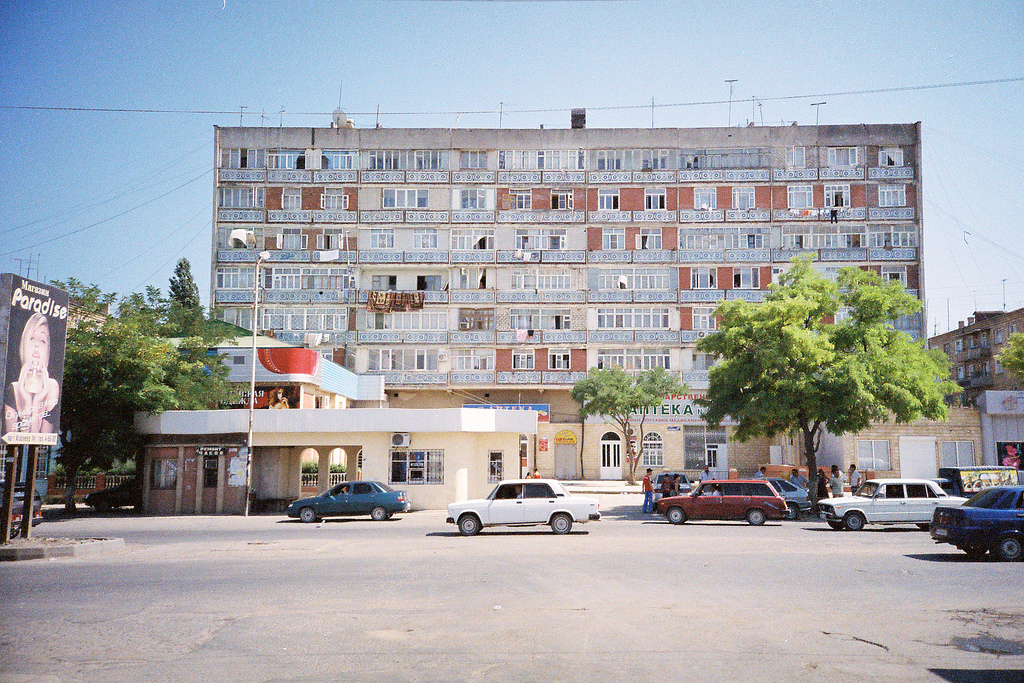Steppe change: can culture make remote Khakassia a global player?
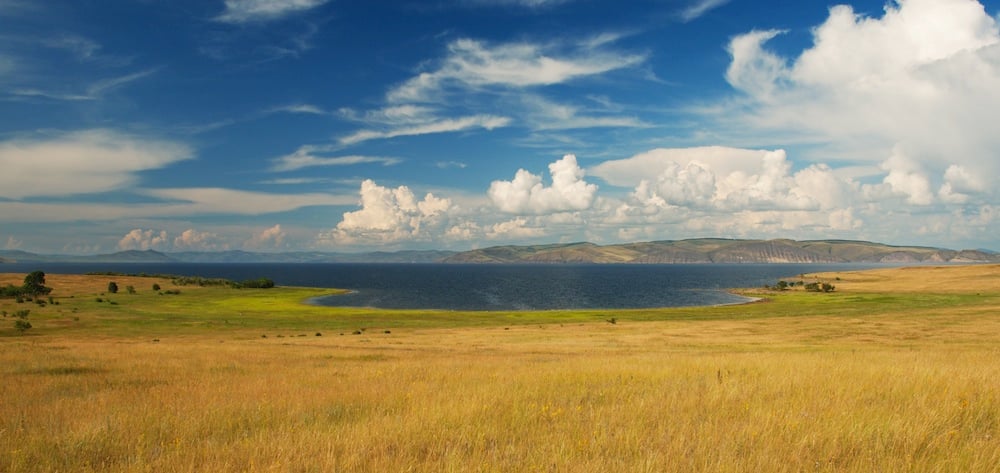
A land of vast steppes near the Mongolian border, Khakassia might not be an obvious candidate for international significance. But the region wants to use its distinctive culture to transform the economy. And, argues Ekow Eshun, it might just work
What do you do with a region like Khakassia? Nestled near the southern border of Siberia close to Mongolia, it is a sparsely populated place of plains and taiga forest, wide-open steppes and abruptly looming mountain ranges. Roughly the size of Ireland, it has a population of just half a million people.
Before I flew to its capital Abakan recently, and landed at a largely deserted airport which takes just one domestic flight a day from Moscow, I’d never heard of the place. That’s exactly what Khakassia and its ambitious government would like to change. Within Russia, the region is known as the site of the Sayano-Shushensk dam, the nation’s mightiest source of hydroelectric power. But Khakassia wants to be known for soft, not raw, power. It wants its indigenous culture and its historic monuments to be famous across the country and internationally. And earlier this summer, in June, the regional government held a forum to discuss how it could achieve its goals. Participants were invited from across Russia, Asia and Europe. I arrived from London with a reel of stock images of Siberia — train journeys, Solzhenitsyn, the endless steppe — playing in my head. But while temperatures in Abakan drop to -20 degrees celsius in the winter, it’s warmer than London in the summer and in the clear, still sky the only movement comes from black kites wheeling noiselessly as they survey the ground below for signs of prey.
The conference bore the unwieldy theme “Historico-cultural Heritage as a Source of Socio-cultural Development”. If that title meant anything, it was as an invitation for speakers to roam widely. There were talks on the economics of culture, the philosophy of art and, from a German museum expert, a case study on the development of Bavaria’s museum sector. Mostly, there was a shared belief that however remote it was, Khakassia could make more of its assets and achieve a more prominent role internationally.
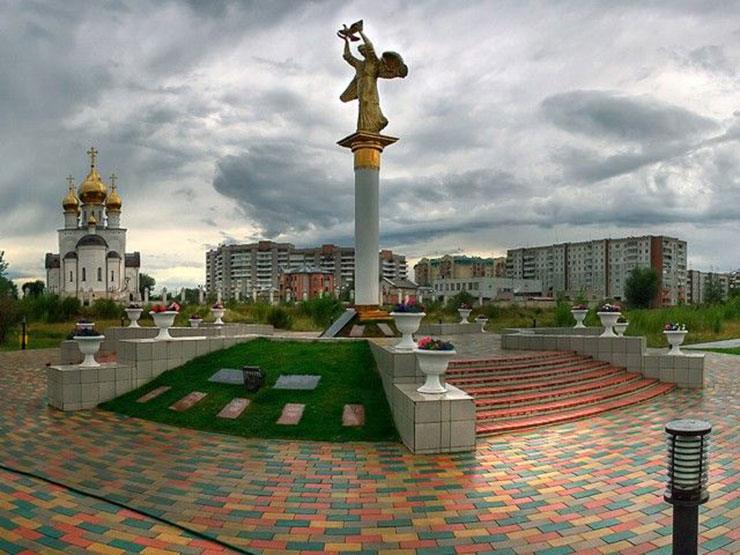
Downtown Abakan
Much of that confidence centred on the quality of the region’s cultural resources. Khakassia is unusually rich in pre-modern archaeological monuments. It’s a UNESCO-recognised zone of international significance thanks to more than 30,000 historical sites, including Neolithic rock paintings, Palaeolithic dwellings and burial mounds, and standing stones dating back to the seventh century BC. The region’s ethnic Khakas — an indigenous people whose culture predates that of Slavic Russia — are fiercely proud of their customs and it is their voice and identity that defines much of what is unique in the region today. There’s a sense in Abakan and more widely within the region that such a distinctive heritage could be as valuable a resource as hydroelectric power, if someone could just figure out how to harness it properly.
Khakassia is far from alone in pondering this topic. Over the last three decades, cities and regions around the world have increasingly come to see culture as a driver of economic growth. A recent report by the Mayor of London’s office listed some of the reasons why that’s the case, including the rise of the knowledge economy, in which skills and creativity count for more than raw materials, and the growth of cultural and urban tourism. The report chimes with the theories of Richard Florida, Charles Landry and others, who emphasise the role of culture in attracting businesses to cities. “By shaping a sense of place and social space” in the minds of residents, visitors and businesses, culture plays a key role in long-term growth, the report concluded.
“Culture plays a key role in long-term growth”
As evidence for that assertion you can look to how a variety of cities have flourished through investing in culture. Notable successes include the Guggenheim Museum’s impact on the regeneration of Bilbao; London’s prominent foregrounding of culture during the 2012 Olympics, which helped to deliver a £10bn boost to the UK economy the following year; and the enormous growth in cultural zones and art colleges currently taking place in Shanghai.
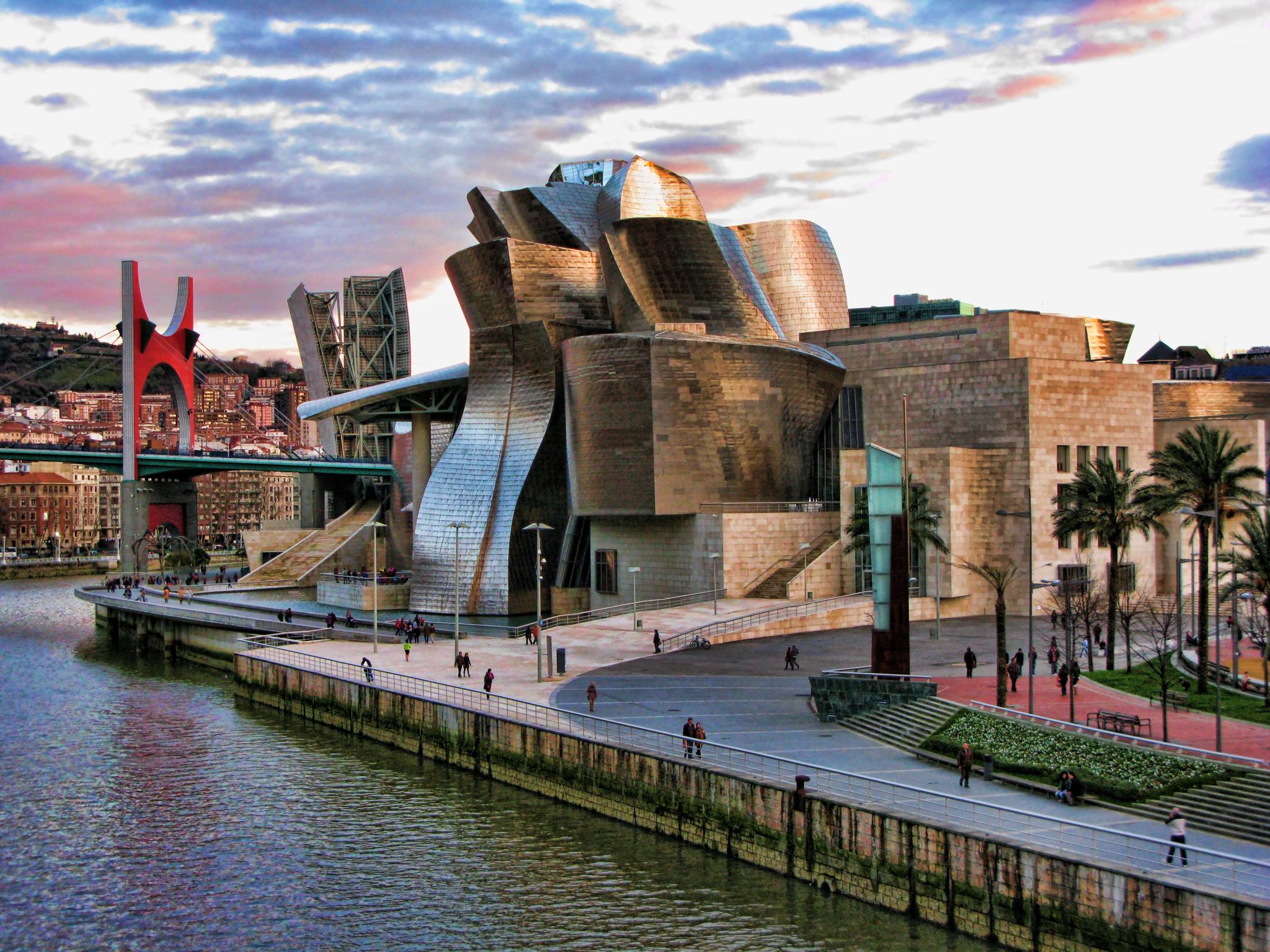
Guggenheim Museum Bilbao. Photograph: Mikel Agirregabiria under a CC licence
If it’s possible for London, Bilbao and Shanghai to raise their profile through culture, then why not Khakassia? Of course, the former all have distinct advantages over the latter, from a strong economic base to good international transport links and excellent infrastructure. Still, the question isn’t as absurd as all that.
Small and distant as it is, Khakassia has some things going for it. It’s strikingly beautiful. It has its history and its distinctive folk culture. And it has a regional government that’s willing to debate questions about status and significance and what the creative industries expert Simon Anholt has dubbed “place branding”. All of this makes it a contender in a fight for international recognition, albeit an outside bet.
Their case seems even stronger when you consider that the path from obscurity to visibility on the world stage isn’t as simple as, say, erecting grand new buildings. If it were that straightforward, a city like Baku would be an international arts mecca by now. Flush with riches from oil and gas, it has pumped multiple millions into a new cultural zone that’s crowned by a spectacular museum of modern art, designed by Pritzker Prize-winning architect Jean Nouvel. But all this has been to little avail in establishing the Azerbaijani capital as a popular travel or business destination.
“Could Khakassia punch above its weight and come to rival a destination like Bilbao?”
Increasingly researchers are turning away from standard metrics of cultural status, such as the number of museums and galleries, when measuring the appeal of a city or region. They’re looking instead to the value of “informal culture”, which is to say, the less structured ways that people use and enjoy cities: the festivals they go to, the street food joints they frequent, the public parks they relax in.
These are the factors that make up what the recent Mayor of London’s report describes as “the rich cultural inheritance” of a city. And studying them offers a vivid picture of how liveable — how loveable even — cities really are. Viewed this way, the gap between older, richer cities and those of emerging economies starts to feel less impossibly insurmountable.
Could Khakassia punch above its weight and come to rival a destination like Bilbao? Maybe not tomorrow. But don’t count it out forever. They may yet be fighting off the crowds at Abakan airport.
